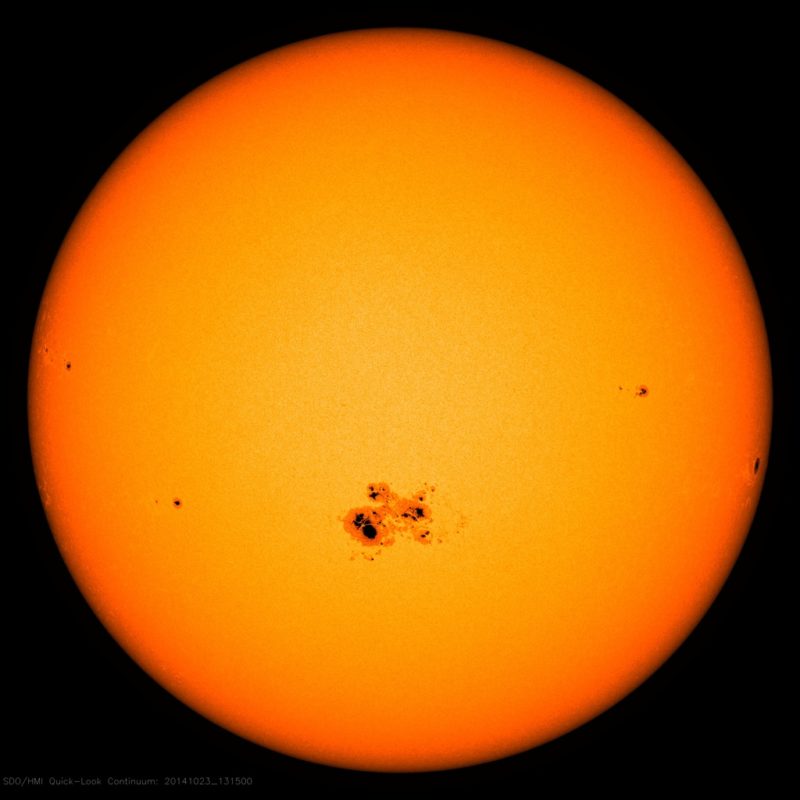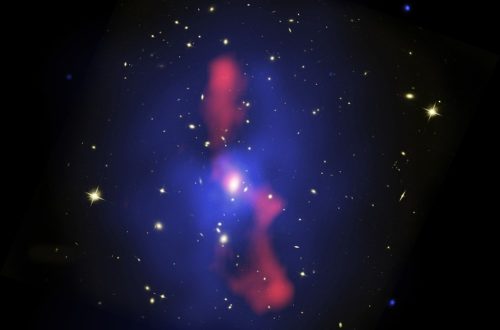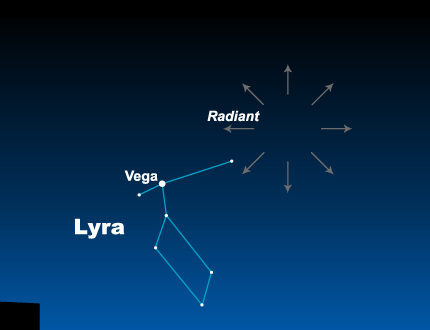How Is the Sunspot Cycle Directly Relevant to Us Here on Earth?

The sunspot cycle is a fascinating phenomenon that has a direct impact on our planet. As the sun’s activity peaks and declines, we experience changes in our weather, communication systems, and even our power grids. Understanding this cycle can help us prepare for and mitigate any potential disruptions it may cause. Let’s explore how the sunspot cycle is directly relevant to us here on Earth.
Definition of Sunspots
Sunspots are dark areas that appear on the photosphere, the surface of the Sun where light is radiated from. They are caused by magnetic activity and are cooler than the surrounding areas, which makes them appear darker.
Overview of the Sunspot Cycle
The sunspot cycle is a natural phenomenon that occurs approximately every 11 years, during which the Sun’s magnetic field reverses and the number of sunspots increases and decreases. During the peak of the cycle, there are more sunspots, and the Sun is more active. This activity can have a direct impact on Earth.
The Impact of the Sunspot Cycle on Earth
Sunspots are areas of intense magnetic activity on the Sun’s surface that can lead to solar flares and coronal mass ejections. These events can have a significant impact on space weather, which in turn affects our planet. The effects of space weather can range from beautiful auroras to disruptions in radio communications, power grids, and navigation systems.
Solar Flares and Coronal Mass Ejections
Solar flares and coronal mass ejections (CMEs) are some of the most dramatic events that occur during the sunspot cycle. Solar flares are bursts of energy that are released by the sun, while CMEs are massive clouds of plasma that are ejected from the Sun’s corona. When these events occur, they can cause disruptions in radio communications, power grids, and navigation systems. However, they can also create beautiful auroras in the sky.
Effects on Space Weather
The sunspot cycle affects Earth’s climate and has a significant impact on space weather. During the peak of the cycle, the Sun releases more energy and produces more solar flares and coronal mass ejections. These events can cause geomagnetic storms that affect Earth’s magnetic field and create auroras. However, they can also cause disruptions in communication systems and navigation systems, affecting our daily lives.
How Does the Sunspot Cycle Affect Us Here on Earth?
During the peak of the sunspot cycle, the Sun emits more solar flares and coronal mass ejections, which can have a significant impact on our planet. These events can cause disruptions in radio communications, power grids, and navigation systems.
Changes in Radio Communications
Changes in radio communications are one of the many ways in which the sunspot cycle affects us here on Earth. Radio communications rely on the ionosphere, a layer of the Earth’s atmosphere that is affected by the sun’s activity. During periods of high sunspot activity, the ionosphere becomes more ionized, which can cause radio signals to bounce off it and travel further than they normally would. This can be both beneficial and problematic. On one hand, it allows for long-distance communication that might not be possible otherwise. On the other hand, it can interfere with other radio signals, causing disruptions or even complete blackouts. As we rely more and more on technology that relies on radio communications, it becomes increasingly important to understand the effects of the sunspot cycle and be prepared for any potential disruptions.
Disruptions in Power Grids and Navigation Systems
Disruptions in power grids and navigation systems are also a consequence of the sunspot cycle. Solar flares and coronal mass ejections can cause geomagnetic storms, which can lead to power outages and damage to electrical infrastructure. Navigation systems that rely on GPS signals can also be affected by these storms, causing inaccuracies and disruptions in transportation. However, scientists and engineers are working to mitigate these effects by developing more resilient power grids and navigation systems that can withstand the fluctuations of the sunspot cycle.
Conclusion
In conclusion, the sunspot cycle has a significant impact on our daily lives here on Earth. From changes in radio communications to disruptions in power grids and navigation systems, the effects of the sunspot cycle can be felt across various industries. However, it’s important to note that scientists and researchers are constantly studying the sunspot cycle to better understand its patterns and potential impacts. By monitoring the Sun and predicting solar flares and coronal mass ejections, we can better prepare for any potential disruptions. Additionally, advancements in technology have allowed us to better mitigate the effects of space weather on our infrastructure. Overall, while the sunspot cycle may seem like a distant phenomenon, it directly affects our modern way of life and will continue to do so in the future.
Sources:
- NOAA, Solar Cycle Progression
- NOAA, Sunspots/Solar Cycle
- Solar Cycle 25 Is Here. NASA, NOAA Scientists Explain What That Means
Would you like to receive similar articles by email?





